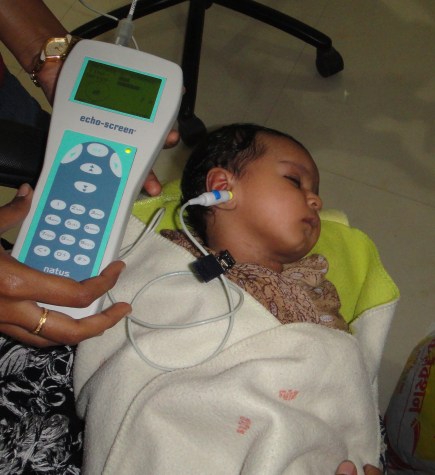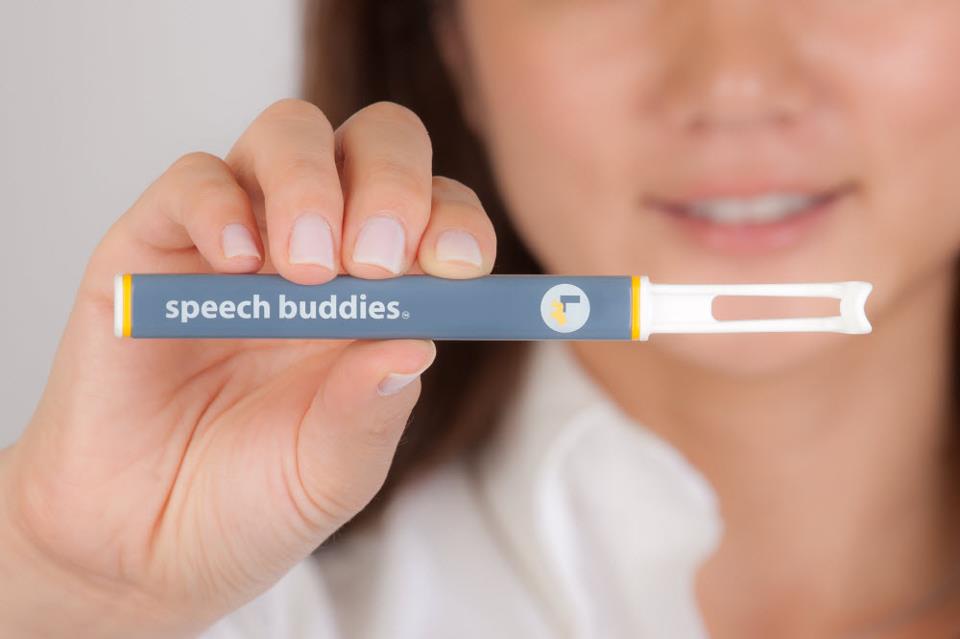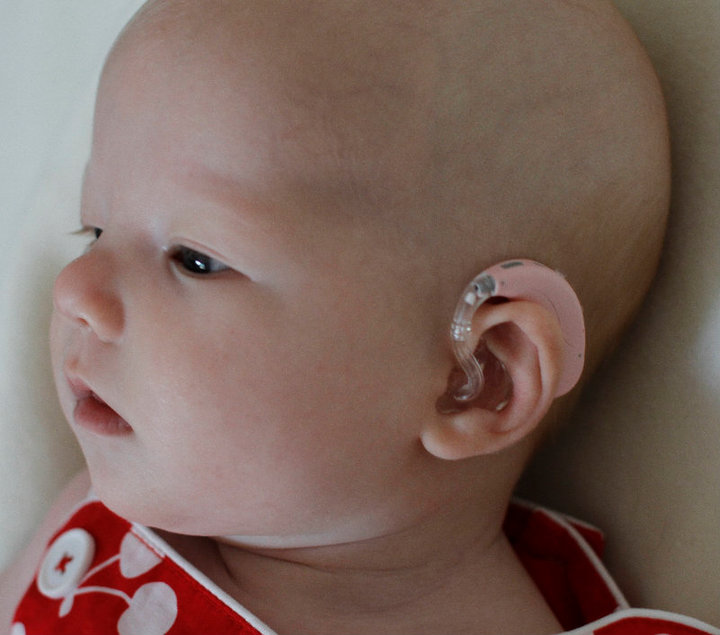Treating Hearing Loss
Early detection of hearing loss is critical. When an infant’s hearing loss goes undetected and untreated, his speech and language development will be delayed. The intervention plan for hearing loss will be different for every child and dependent upon the type, degree, and cause of the condition. In some cases, the child’s hearing difficulties are temporary and can usually be resolved. Otherwise, the child’s intervention plan will consist of services aimed at improving communication. While these services are not a cure for the condition, they can greatly facilitate successful communication and allow for speech and language development.
Treatments for Temporary Hearing Loss
Children can have temporary hearing loss. This condition is often caused by fluid buildup in the middle ear or ear infections. Other infections may also cause temporary hearing loss, including measles, whooping cough, mumps, and meningitis. Hardened earwax may also be to blame, in which case the doctor can remove it.
If your infant has this condition due to an infection, his pediatrician may recommend medication or close monitoring. If it is fluid buildup or an ear infection and it does not resolve itself, the doctor may treat it with minor surgery. This surgery involves inserting a very small tube into the eardrum to allow the fluid to drain. Sometimes, a child will need surgery to improve or correct the malformation of parts of the ear. This surgery is needed when the outer ear and/or middle ear did not form properly in the womb.
Speech Buddies
When a child has permanent hearing loss, whether partial or full, he often struggles to articulate words. Because he cannot hear himself speak, or cannot hear himself well enough, it is difficult for him to know whether he is pronouncing his words correctly. Speech Buddies are tools that can help your child overcome this struggle. They provide tactile feedback in the child’s mouth so that he can better understand the correct placement of the tongue and other oral structures for each sound. Even if your child has some degree of hearing loss, enabling him to improve his verbal communication will lend itself to improved academic performance and more efficient social interactions.
Hearing Aids
Hearing aids are typically used in just one ear for adults, but infants who require hearing aids usually have two of them. This facilitates speech and language development. An audiologist will measure your child’s small ears to ensure a proper fit. It is usually recommended that a baby wear a behind-the-ear style hearing aid because their ears are still growing.
Cochlear Implants
A cochlear implant may be appropriate when a hearing aid is not sufficient. They may be suitable for children with severe to profound hearing loss. Cochlear implants do not amplify sound like a hearing aid does. Instead, they transmit sound signals to the nerve. There are two main parts to a cochlear implant. The first is implanted inside the ear during surgery and the second is worn outside the ear.
It might be a little overwhelming when you’re first told that your child has hearing loss. Do your research, ask plenty of questions, and consider all the options before deciding which course of treatment is best suited for your child.




